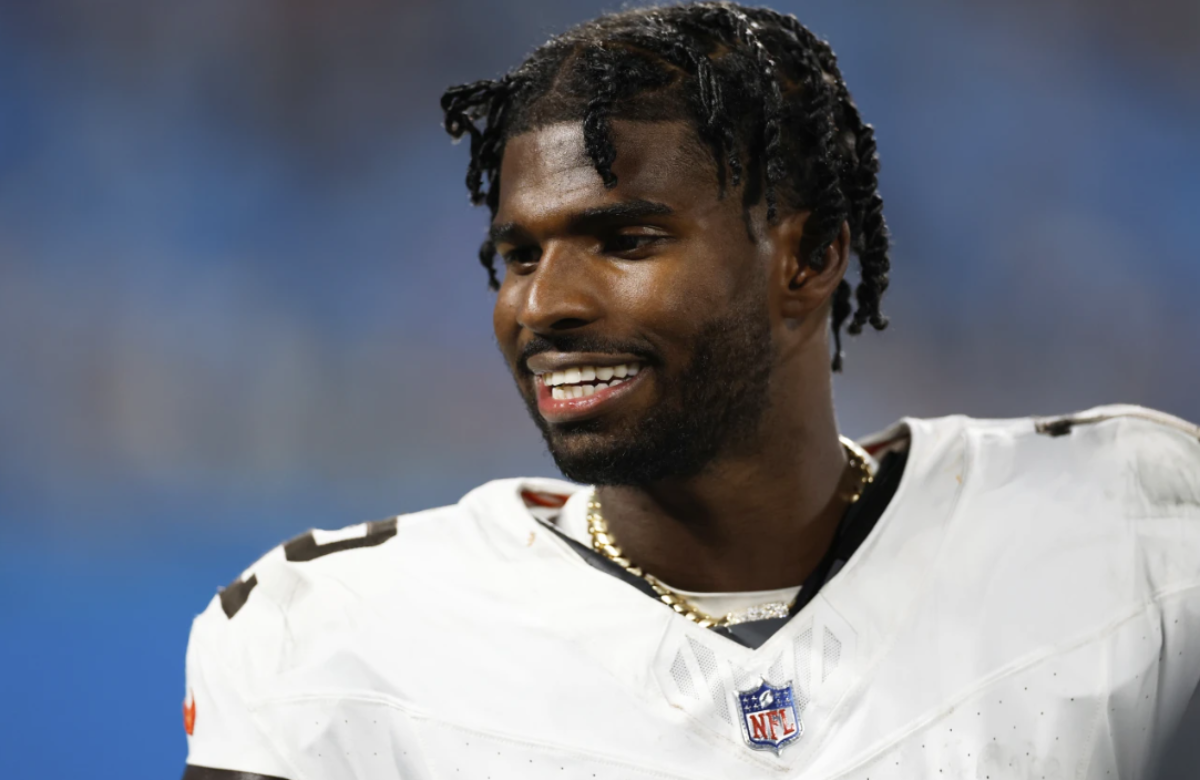Helio Castroneves noticed an immediate increase in speed when he first used the boost from IndyCar’s new hybrid engines at the Indianapolis Motor Speedway. As the 109th Indianapolis 500 approaches, the challenge for him and the other drivers on the 33-car grid will be how to effectively utilize the hybrid’s added horsepower over the course of 200 laps.
The question at hand is whether to use the boost all at once and wait for it to recharge, conserve it for short bursts to make passes or defend positions, or use it gradually to close the gap to the leader or extend the lead. Veteran driver Graham Rahal emphasized the importance of strategy with the hybrid system, noting that it can significantly affect lap speed when used correctly.
The push toward hybridization began when IndyCar manufacturers Chevrolet and Honda sought to align with the increasing demand for hybrid and electric vehicles. The hybrid system, which uses ultracapacitors instead of heavy batteries, was designed to give a quick power boost to the existing 2.2-liter, twin-turbocharged V6 engines. It debuted at the 2022 Indy 500 but had not been tested in high-speed environments like Indianapolis until now.
The system has been used in IndyCar races since Mid-Ohio in 2022, but Indianapolis presents a unique challenge due to the track’s high speeds and tight margins for winning. IndyCar president Doug Boles noted that even small increases in horsepower could make a big difference at a track like Indy.
While the technology has the potential to create exciting racing, it hasn’t been without issues. The hybrid unit, which weighs around 100 pounds, alters the balance of the car, making it harder to drive. Drivers, including two-time defending winner Josef Newgarden and Andretti Global’s Kyle Kirkwood, have expressed concerns about the additional weight affecting car handling. In addition, technical problems have occurred, such as Rinus Veekay’s hybrid failing during qualifying and Scott Dixon facing an overheating issue during practice.
Despite these challenges, the hybrid technology will certainly play a key role during the race. In the final laps, it could be the deciding factor, as leaders try to hold off challengers who use their hybrid boost to make a last-minute pass.
Scott Dixon, starting from the second row, believes the hybrid system adds unpredictability, which could change the course of the race, especially in the final stages. “If you’re sitting out front, you could be a bit of a sitting duck,” he said, noting that the drivers must be ready for any change that comes their way.















